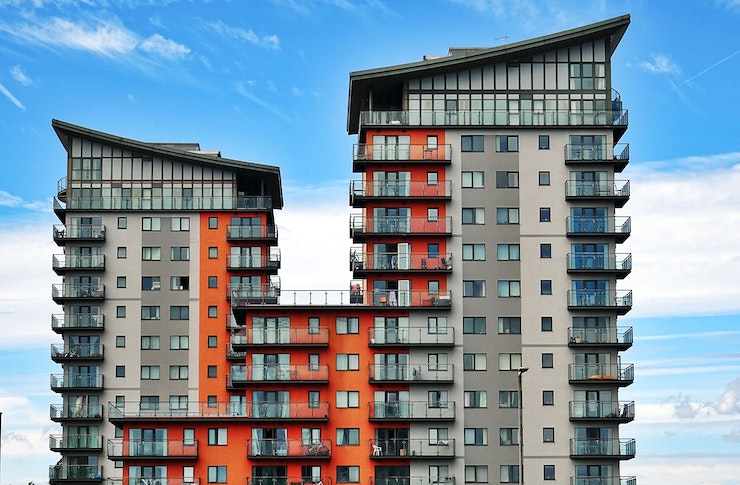The Socio-Cultural Revolution: Micro-Living and Its Impact on Urban Society
As we delve deeper into the 21st century, it becomes increasingly clear that traditional patterns of living are evolving. One such trend reshaping our society is micro-living, a lifestyle centered around tiny homes and minimalism. Hidden behind this simplicity lies a sociocultural revolution with vast implications for our urban society. Read below to explore this fascinating shift in our way of living, its drivers, and how it impacts our society.

Micro-Living: A Brief Explanation
Micro-living is a contemporary trend of opting for smaller, minimalist living spaces in place of traditionally larger homes. This lean approach to living has been catalyzed by skyrocketing real estate prices, dwindling resources, and a growing desire for sustainable living in urban areas. As a result, micro-living appeals particularly to the millennial and Gen Z populations who face significant financial challenges while being more environmentally conscious.
Driving Factors behind Micro-Living
Several factors drive the micro-living trend. Firstly, environmental commitments and the desire to reduce one’s carbon footprint are pushing many towards this lifestyle. Additionally, urbanization and limited space in cities lead individuals to sacrifice square footage for the benefits of city living. Finally, the shift towards digitalization and remote work frees many from the need for a traditional workspace, making a smaller residence feasible.
Socio-Cultural Impacts of Micro-Living
As more people embrace micro-living, it changes societal norms and cultural perspectives on “success”. Increasingly, a large home with many material possessions is no longer viewed as the pinnacle of success. Instead, minimalism, financial stability, and a smaller environmental footprint are becoming preferred markers of accomplishment. This shift away from a culture of consumption towards one of sustainability and simplicity is profound.
Effects on Urban Lifestyle and Infrastructure
Micro-living also significantly impacts urban development and infrastructure planning. Amidst constraints of limited land availability and exponential urban growth, city planners see micro-homes as a viable solution for affordable housing. As a result, cities may likely evolve to become more efficient, prioritizing multi-use communal spaces and public transportation over sprawling single-family homes and personal vehicles.
Challenges and Controversies
Despite its advantages, micro-living also has its detractors. Certain concerns frequently cited include risks of isolation, the lack of private space, and potential mental wellness issues. Critics also point to potential gentrification and socioeconomic segregation, as these tiny spaces may not be as affordable as they seem.
- Micro-living signifies a shift from consumerism towards sustainability.
- An estimated million people in the U.S have already joined the micro-living trend.
- Factors like environmental consciousness, urbanization, and digitalization drive micro-living.
- The trend is reshaping urban landscape and cultural norms.
- Micro-living comes with its set of challenges, including isolation and gentrification.
In conclusion, the rise of micro-living, while not without its challenges, signals a shift in societal norms. As we grapple with the environmental, financial, and space challenges of growing urban societies, it poses exciting possibilities to rethink our relationship with our living spaces. As we move forward, it will be interesting to see how this socio-cultural revolution shapes our societies and perhaps, allows us to imagine a more sustainable future.




